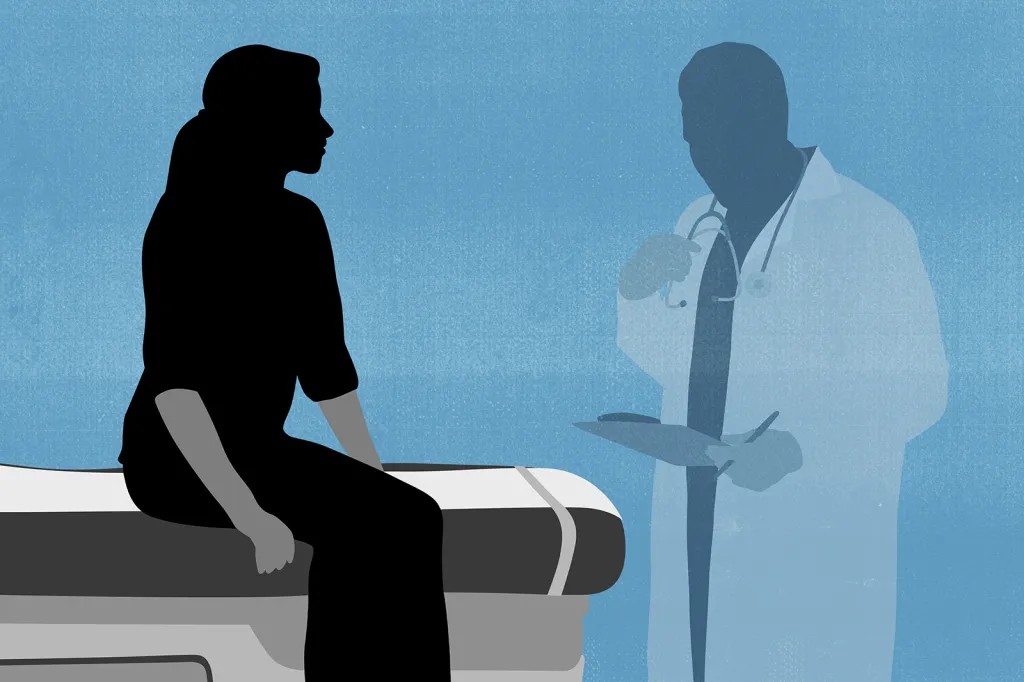Copyright Hartford Courant

Autism rates have climbed dramatically over the past few decades. Headlines often frame this as a mysterious surge, fueling speculation that some hidden environmental agent or medical intervention must be to blame. But when we step back and look at the evidence, the rise reflects something more ordinary—though no less important—about how medicine defines and counts conditions. In Olmsted County, Minnesota, researchers reviewed records for all children born between 1976 and 1997. When they reapplied modern DSM-IV criteria, the rate of autism diagnoses jumped from about 1 in 5,000 at the time to roughly 1 in 86. Published in 2005, this study made clear that many autistic children had always been there; we simply weren’t labeling them that way. This same pattern has been seen worldwide. Expanded DSM definitions, greater awareness among parents and teachers, earlier screening, and diagnostic substitution (children once labeled with intellectual disability or language disorder now receiving an autism label) all combine to make autism more visible on paper than it once was. Another overlooked factor is survival itself. Fifty years ago, many extremely premature or medically fragile infants never lived long enough to reach school age. Advances in neonatal intensive care have changed that. Today, far more NICU babies survive, and population studies show that preterm and low-birth-weight survivors carry a higher risk of neurodevelopmental conditions, including autism. What once disappeared in infant mortality statistics now appears in classrooms and clinics. Skeptics sometimes argue that autism rates are climbing because doctors are hiding the “truth”—that vaccines, acetaminophen, or some other medical intervention is secretly to blame. But such a global conspiracy is implausible. Medicine is noisy, fragmented, and competitive: thousands of clinicians, scientists, regulators, and parents are watching the same signals. Harmful interventions, when they truly cause consistent, reproducible damage, are almost always discovered and abandoned, not covered up. History bears this out. Lobotomies, once celebrated with a Nobel Prize, were discarded when their devastating consequences became undeniable. Thalidomide, marketed for morning sickness, was pulled from shelves after it was linked to birth defects. Diethylstilbestrol, prescribed to prevent miscarriage, was found to cause rare cancers in exposed daughters. Insulin coma therapy, metrazol convulsions, even fever therapy for neurosyphilis—all faded when safer, more effective options emerged. Medicine can be wrong, but when it is, the error is usually exposed, not concealed forever. The story of in-utero exposure underscores this point. Fetal Alcohol Syndrome has been described in the medical literature since the early 1970s. For decades it was a well-known pediatric condition. But in psychiatry’s own manuals it remained on the margins. DSM-III in 1980 only mentioned FAS in its appendix under “conditions needing further study,” and DSM-IV in 1994 kept it there. Only in DSM-5, published in 2013, was a related research category—Neurobehavioral Disorder Associated with Prenatal Alcohol Exposure—added in Section III. This timeline shows how in-utero exposure conditions were recognized clinically much earlier than they were granted formal diagnostic standing. In practice, many children with prenatal alcohol or drug exposure present with social-communication deficits, sensory sensitivities, and behavioral dysregulation that overlap with autism. Because the diagnostic framework for prenatal exposure remains underdeveloped, these children often receive an ASD diagnosis—not as a perfect fit, but as a way to access school and insurance services that help them. Recognition of these exposure-related syndromes is happening more now than ever, further adding to the apparent rise in autism prevalence. Our diagnostic habits themselves also play a role. There is an old parable of five blind men asked to describe an elephant. One feels the trunk and declares it a snake. Another, holding a leg, insists it is a tree. A third, touching the tail, calls it a rope. Each is partially right, but each misses the whole. For much of modern psychiatry, diagnosis has worked the same way. We have been a symptom-based science: take a fragment, match it to criteria, and assign a label. A child with hyperactivity and impulsivity might be called ADHD. A child with mood lability and aggression might be labeled bipolar. A child with prominent sensory sensitivities might be diagnosed with sensory integration disorder. The problem is not that these symptoms are false, but that they are only pieces of a larger neurodevelopmental picture. By naming the part, we risk losing sight of the whole. This is beginning to change. Broader autism criteria, recognition of in-utero exposure syndromes, and awareness of diagnostic substitution all reflect psychiatry’s slow movement toward more holistic, context-based understanding. That shift is a welcome sign, not an alarming one. Symptom-based diagnoses are rarely enough; seeing the individual in their full developmental, medical, and social context is what truly matters. If autism is not caused by some hidden epidemic, then why diagnose at all? After all, calling Billy “autistic” doesn’t suddenly make his communication easier or his meltdowns vanish. A label is not a cure. At its worst, diagnosis can be wielded as shorthand for resignation: “He’s autistic, nothing to be done.” But diagnosis is also the first step toward intervention. Without it, families are locked out of therapy programs, schools are under no obligation to provide specialized supports, and insurers deny coverage. Diagnosis organizes care. It gives parents language for advocacy, clinicians a framework for treatment planning, and systems a mechanism to allocate resources. Far from being an endpoint, diagnosis is a starting line. What changes lives is not the label, but the interventions it unlocks. In my own geriatric work, I have seen how much hinges on whether we get the diagnosis right. More than once I have evaluated a 65- or 70-year-old carrying a four-decade-old diagnosis of schizophrenia—only to find that what they really had all along was autism. The pattern is recognizable once you know to look for it. These were verbal patients, able enough to keep their heads above water, often entering college or the workforce. But stress, in autism, can precipitate quasi-psychotic episodes: paranoia, transient hallucinations, or profound withdrawal. At 20, just the age when schizophrenia classically manifests, they would present to an adult psychiatrist in crisis. The diagnosis of schizophrenia was applied—and it stuck. Years later, what unlocked the truth was not a new test, but history. Talking to older siblings, or even in one case a patient’s 90-year-old mother, revealed the developmental trajectory: the missed social cues, the rigid fixations, the lifelong oddities. One man in a nursing home could recite the entire Metro North train schedule but could not manage his own medications. Autism, not schizophrenia, was the truer explanation. This diagnostic slippage doesn’t end with schizophrenia. In adult psychiatry, many patients who don’t quite meet criteria for psychosis—not enough hallucinations or delusions to warrant schizophrenia—but whose eccentric, isolative, or socially awkward traits are pervasive and lifelong, often get labeled with schizoid or schizotypal personality disorder. The overlap is striking. Flat affect, social withdrawal, idiosyncratic speech, circumscribed interests, and difficulty forming reciprocal relationships are hallmarks not just of “personality style,” but of autism spectrum disorder. What looks like “schizoid” detachment may be a lifelong failure to decode social reciprocity. What appears as “schizotypal” oddness may simply be autistic rigidity of thought and communication layered with stress reactivity. Autism rates are rising because our lens has widened, not because of a single hidden cause. And while a label is not a cure, it is a map—one that guides families to the interventions, supports, and understanding they need. History reminds us that medicine can be wrong, but it also self-corrects. The lesson is not to fear a conspiracy, but to keep refining our definitions, sharpening our science, and remembering that diagnosis is less about naming than about helping.



